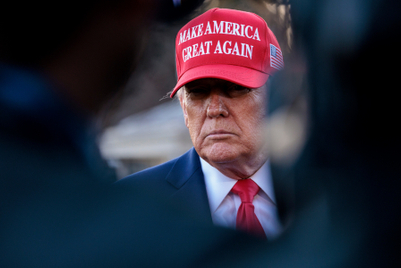“One of the reasons why we have such a poor sense of nationalism is because of the way we dress,” reasoned Sabyasachi Mukherjee, addressing delegates before the first edition of Ogilvy India’s internal creative awards, christened Envies, on 16 December in Mumbai.
Referring to the goose bump moments we go through while singing the national anthem on Independence Day each year, he urged Ogilvy hands: “If you can influence some big corporates, make ‘Friday Dressing’ into ‘Indian dressing’.”
And he didn’t stop there. If people were asked to wear apparel made of hand-woven fabric, it would serve the purpose of CSR, helping generate employment for many, many Indians, said the celebrated designer.
“Imagine what VT (CST in Mumbai) would look like at 8.30 am,” he quipped. The message was to create visual identity through clothing, fostering pride and unity of being Indian.
‘The world is changing’
While the world is changing, the change is not to the benefit of manufacturers of luxury goods, reasoned Mukherjee, a familiar name in the fashion world globally for the eponymous label Sabyasachi.
Mukherjee traced the evolution of fashion to its current state, saying that the distance that marks luxury is no longer defined by money – in other words, by how expensive it is.
“Culture, intelligence and wisdom are defining the distance,” he surmised. New luxury is not about that is ‘new’, but about what has been there, and what needs to be rediscovered, explained the fashion designer.
‘It’s time for us to slow down’
He drew the attention of the audience to the pace at which fashion ‘collections’ are launched.
Mincing no words, Mukherjee said, “Craft is bastardised to come up with new collections every season. It’s time for us to creatively slow down. We have no real time for creativity that can last. So we have to reference against masters who created with time at their disposal.”
Arguing that the customer has to be a loyalist, he made the case for appealing not just ‘to their wallets’, but to them as people. Urging Indians to draw upon the culture we are bestowed with, he pointed to the spiritual awakening happening across the world.
“Awakening empowers us. India is going through it as we speak. Our strength comes from our age-old culture. We need to wake up to our strengths,” he added.
The designer highlighted one big advantage Indian marketers have, when he noted that India was a country of very emotional people. Once the marketer manages to touch the ‘core’, ‘it spirals’, he observed. And while the West can be seduced by big brands, Indians will still attach more value to the core - the product, he pointed out.
While on the subject of connecting with consumers, he noted that one who travels in a three-tier compartment would understand consumers better than anyone else.
Fashion’s way forward
The designer referred to people ‘married to fashion’, the kinds who follow trends taking a lot of pains to do so. One takeout from the designer’s address was that one mustn’t be ‘addicted’ to fashion. “Fashion isolates people. Just by the way someone is dressed, I can say whether he is happy or sad,” he said.
His prediction for fashion was that people would start wearing clothes which are a lot more culturally relevant; there would also be a lot more ‘harmony’, said the designer.
In the Indian context, he observed that the Indian woman in her 40’s was going through a ‘prolonged, severe mid-life crisis’, as far as fashion is concerned. He deduced that while 40 year-olds wanted to dress like 16 year-olds, the reverse was also true.
“They are realising that the only way to go global is by leveraging our cultural roots. It’s a turning of the wheel. It’s going to become an onus on the younger generation to create a cultural revolution in the country – in a positive sense,” he said.
The fashion designer noted that most marketing, whether it was for fairness creams or size zero, tended to project an image that was unachievable. He made the case for showing imagery closer to the truth, for the consumer to be able to relate to it.
At the core of Mukherjee’s talk was this message, albeit somewhere hidden away in the middle of his talk: “The big problem we all are facing, is how to woo customers without looking like prostitutes lined up.”




.jpg&h=334&w=500&q=100&v=20250320&c=1)
.jpg&h=334&w=500&q=100&v=20250320&c=1)



.jpg&h=334&w=500&q=100&v=20250320&c=1)
.jpg&h=334&w=500&q=100&v=20250320&c=1)


.jpg&h=334&w=500&q=100&v=20250320&c=1)

.jpg&h=268&w=401&q=100&v=20250320&c=1)



.jpg&h=268&w=401&q=100&v=20250320&c=1)


